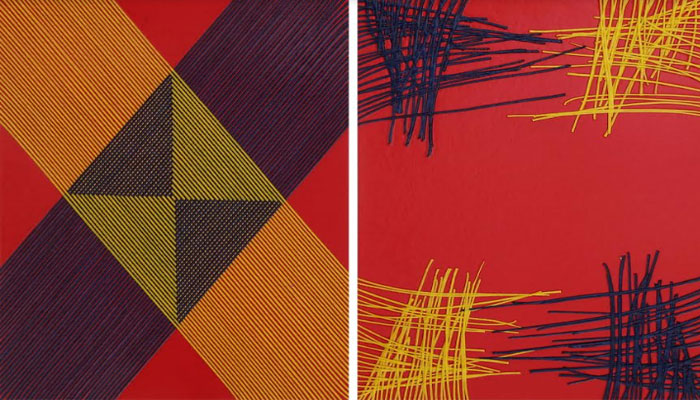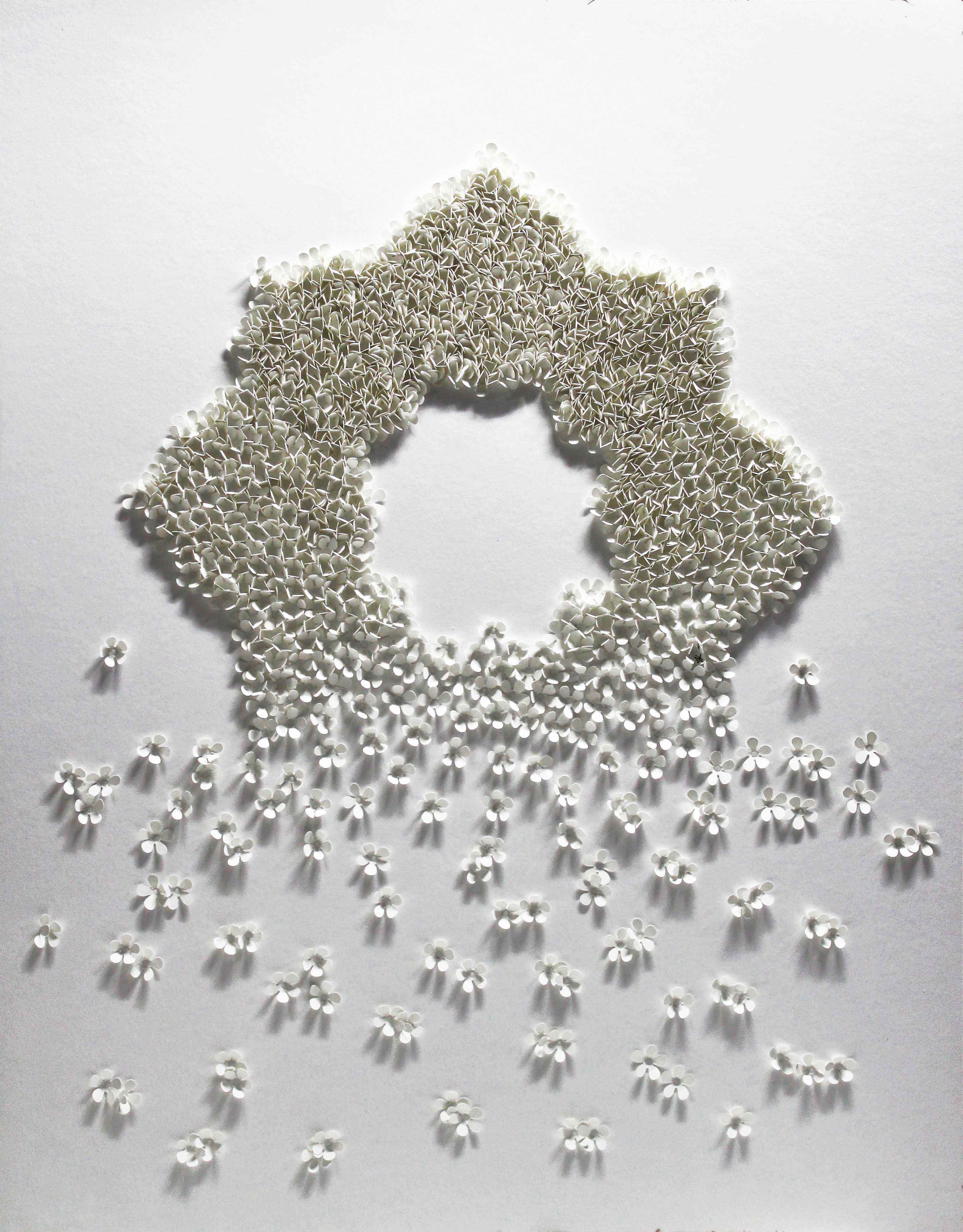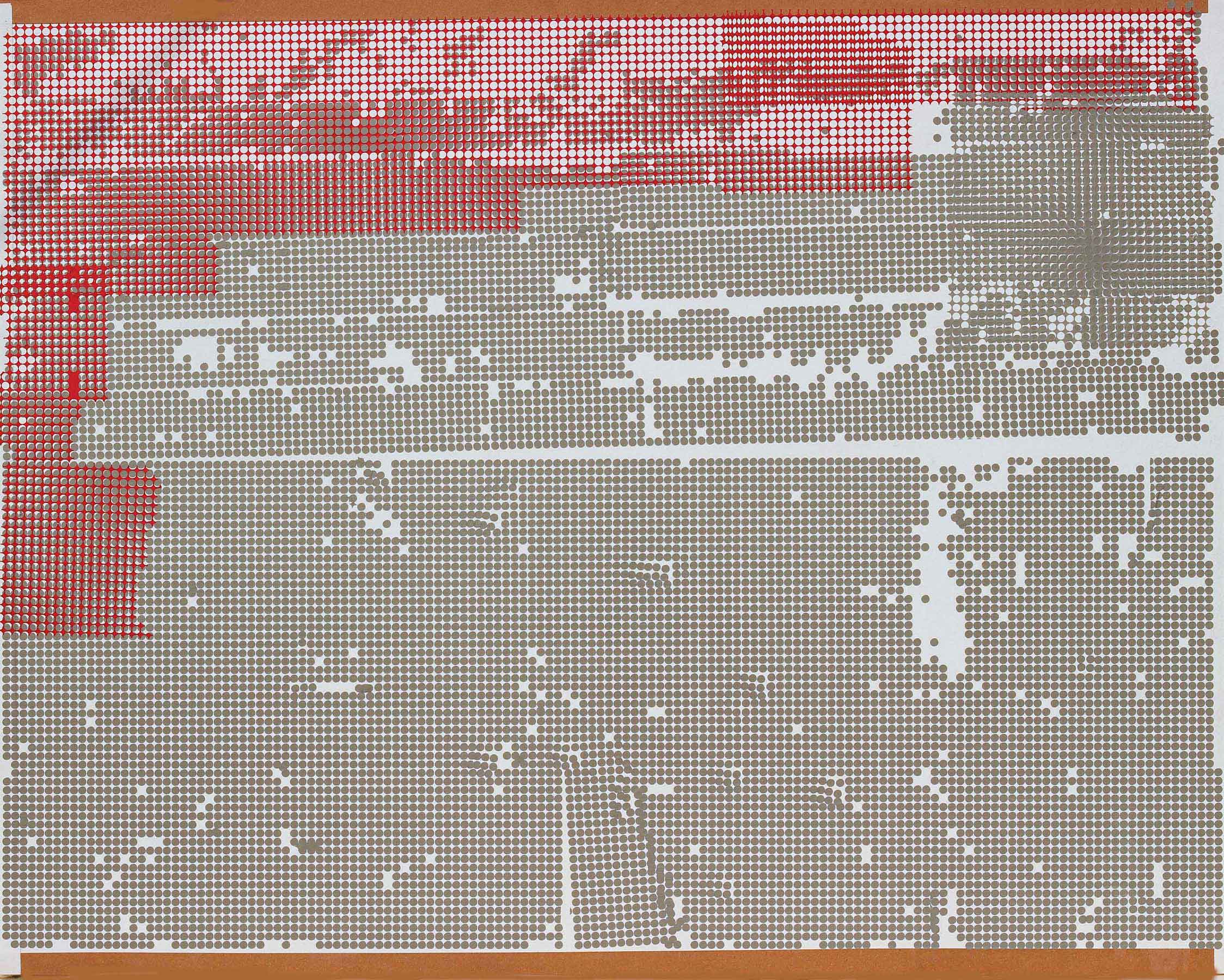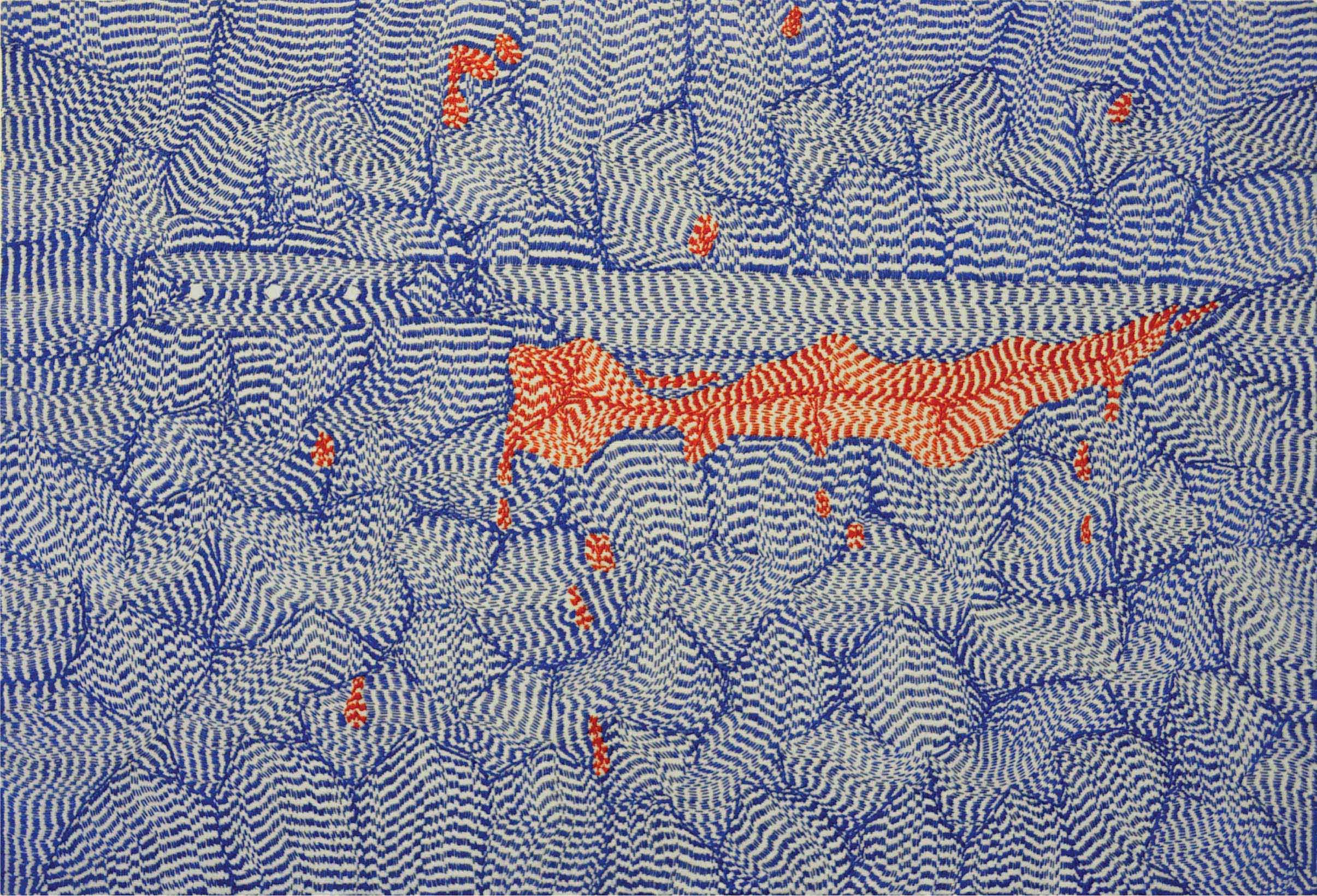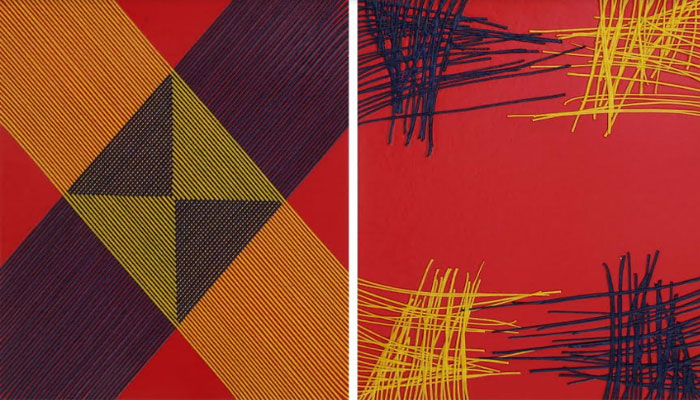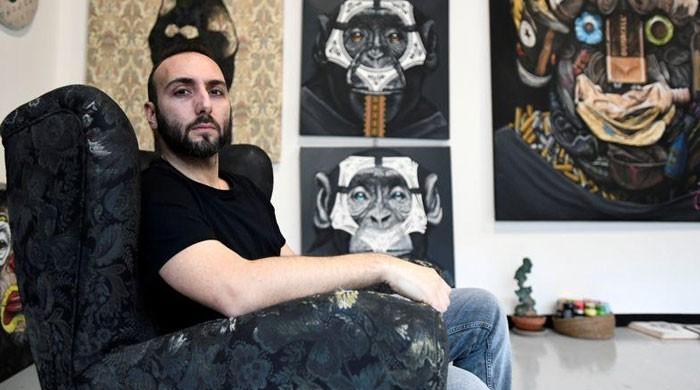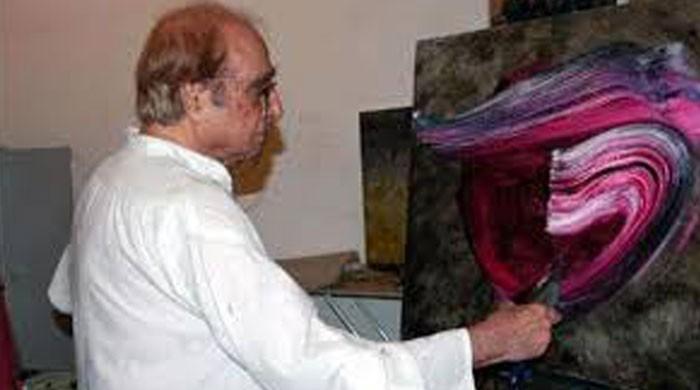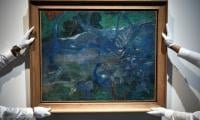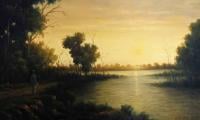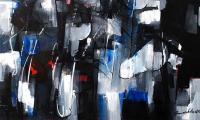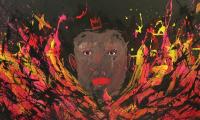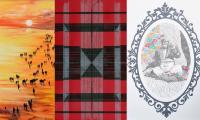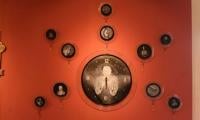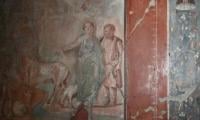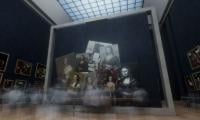Artists explore technique, sensibility and understanding in unique artwork
Famous artists Abida Dahri, Sulaman Arshad, Wajahat Saeed and Yaseen Khan used different techniques and styles to represent their narratives.
A group show of four emerging artists’ exposed endless possible ways to produce multi-faceted experiences through their artworks titled "Eclectic Mix" at Sanat Gallery, Karachi.
Famous artists Abida Dahri, Sulaman Arshad, Wajahat Saeed and Yaseen Khan used different techniques and styles to represent their narratives.
Dahri conveyed her concerns through a new medium - masking tape which she said has a distinct texture that helped her in bringing out detailed presentation of her subjects. She delved into human emotions, feelings, and memories in her work. The tape takes form of feelings, emotions, and perceptions, she added.
Her inspirations come from her surroundings. A piece titled ‘Mother and Child’ saw close relevance to her life, to her memories, and to her mother as she wanted to replicate the experience of deception in the work by disguising the tape as thread. Throughout the artwork, line was definitely the biggest inspiration for her. It is the most basic form of art and it is wondrous how its play and repetition can completely transform the image.
Elaborating her choice of medium, Dahri said, "I am still exploring this medium and testing out all the possibilities. Even if I conceive the visual it will uncontrollably be different as I continue experimenting and resolving the use of the masking tape. I guess it is the same with every artist. Whatever little I think of about the visual, it always ends up taking a different, perhaps a better form. For me the visual is successful as long as it manages to evoke the feelings in the viewer that I intend during the making."
Meanwhile, Sulaman Arshad dexterously used punching machine cut-outs in his work. He used smaller pieces of paper cuttings as an experiment in creating a mix of compositions. Through the process of pasting different colour pieces of paper he produced various types of patterns. His artworks were heavily inspired by Islamic architecture indicating motifs and arches.
Arshad said, "Many a times, I also feel like a leftover, especially after receiving disappointing comments and apprehension from my family that we as artists are all too familiar with: the redundant comments that question an artist’s stability, success, and financial independence. That is how I relate it to my life's journey by making something beautiful and appreciated out of something that we otherwise dispose."
On the other hand, Wajahat Saeed used embroidery techniques to convey his message. In his artwork, the more stitches that the fabric accommodates, the stronger it becomes. The embroidery enhances the beauty of the fabric and also helps in conveying message of peace and calmness for him.
"You only see the pattern in the first glance but as you spend time looking at it you eventually identify the objects. The pattern is taken from microscopic observations of plants and other elements of nature that can be best described as a voronoi diagram. For me it signifies the polarity of all the aggression and bloodshed taking place in an otherwise very beautiful natural setting," Arshad said while explaining his work.
Yaseen Khan practiced the craft of Chamak Patti. He wanted to overcome a communication gap that comes with language differences in our country. He has been living like a nomad due to which he didn’t get to settle his roots in one place. Peshawer, Karachi, Hyderabad, Lahore are few of those places where he had to assimilate himself with various sorts of crowd and lifestyles. Understanding them, their language, and their mind-set posed an obstacle in itself for him.
Khan explained, "The inclination towards this medium in my work was very organic for me. Undeniably I have a personal relation with, and a deep adoration for trucks and large transport vehicles. I believe I have reinvented and re-contextualised the technique of Chamak Patti in my art which is otherwise only seen as a craft or a design practice."
-
Rare Gauguin fetches 9.5 mn euros at Paris auction
-
Vibrant compositions
-
Artist Mashkoor Raza's bold and soft compositions
-
Sanki King brings a burst of energy in graffiti
-
Remembering the forgotten
-
‘Being Edhi’ – means to serve humanity
-
New technique reveals lost splendours of Herculaneum art
-
Louvre offers virtual ´tete-a-tete´ with the Mona Lisa
